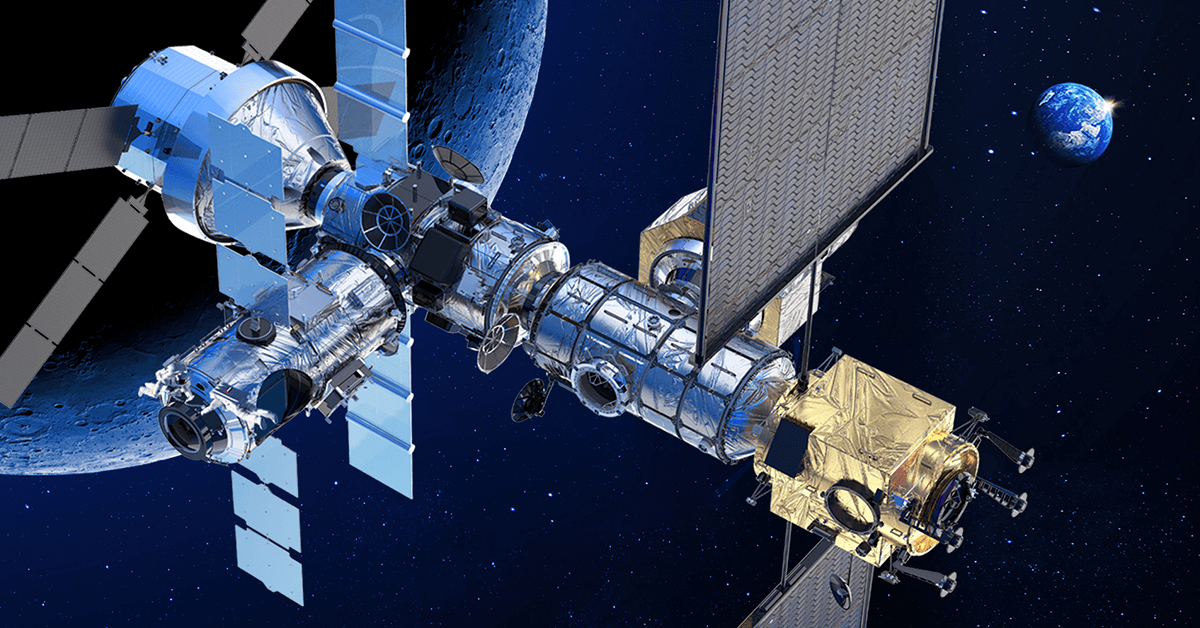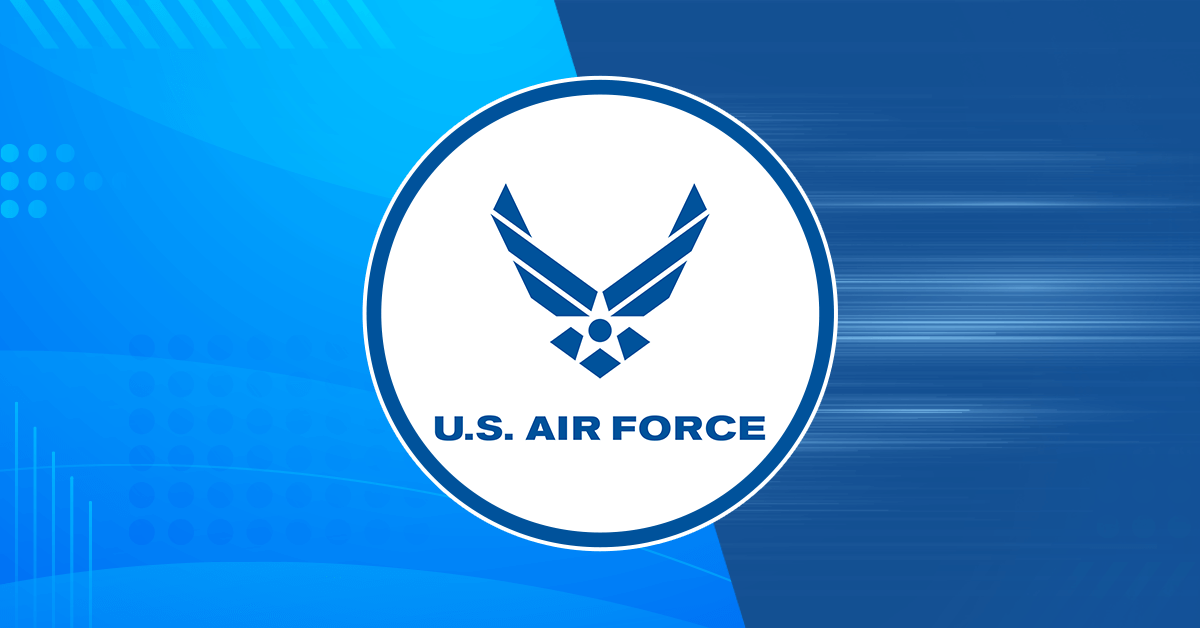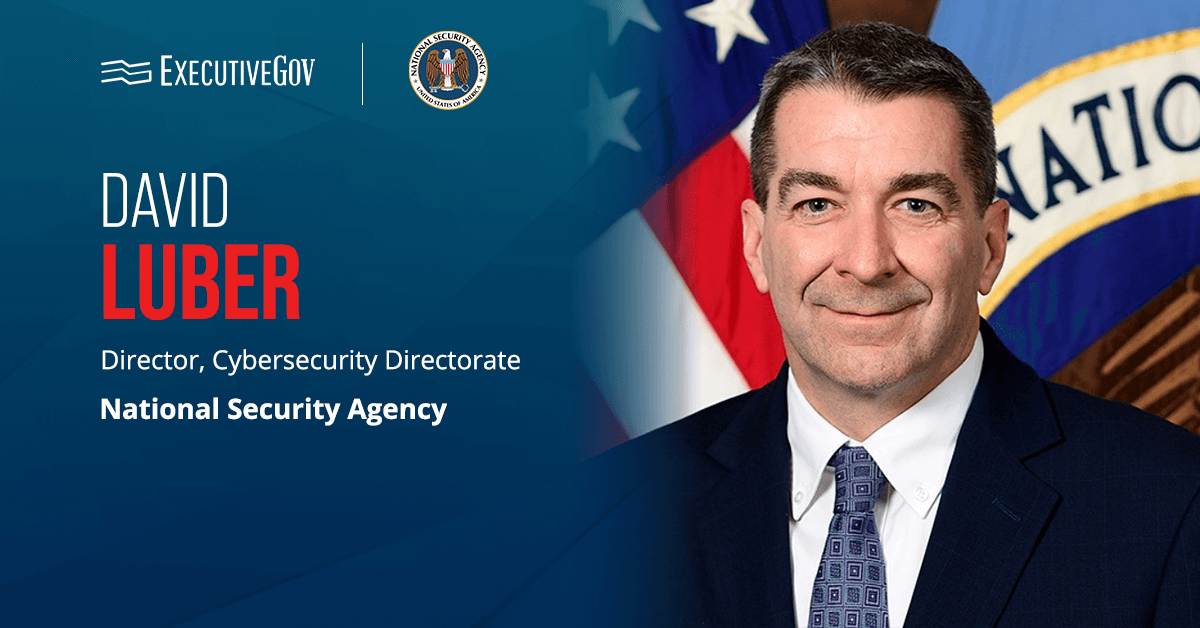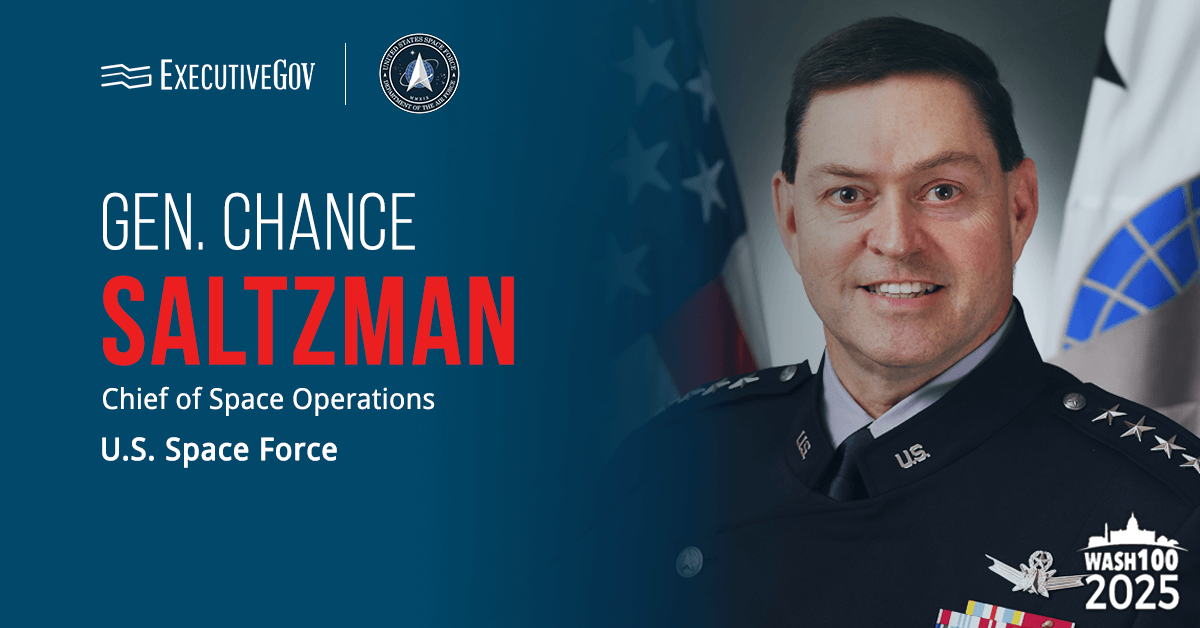NASA has announced that a crucial part of Gateway, the first space station around the Moon, has been delivered to the United States from Italy.
The agency said Friday the Habitation and Logistics Outpost, or HALO, the future space station’s first pressurized module, arrived in Arizona from Thales Alenia Space in Turin, Italy, on April 1. With this development, NASA is closer to launching Gateway.
Table of Contents
Preparing for Launch
The HALO module will go through a final outfitting process at Northrop Grumman’s integration and test facility in Gilbert, Arizona. It will then be transported to the Kennedy Space Center in Florida to be integrated with Gateway’s Power and Propulsion Element. Once ready, the modules will be launched together onboard a SpaceX Falcon heavy rocket.
Supporting Future Moon and Mars Missions
The Gateway space station will play a crucial role in the Artemis program. It is intended to facilitate the return of humans to the lunar surface and pave the way for scientific exploration for future crewed missions to Mars.
HALO will serve as a habitat for Artemis astronauts. It will provide them with living quarters and workspaces and provide what they need for conducting scientific research while preparing for missions to the Moon. The module will have docking stations to accommodate lunar landers, logistics modules and visiting vehicles like NASA’s Orion spacecraft. Furthermore, HALO will support science payloads for research and technology.














